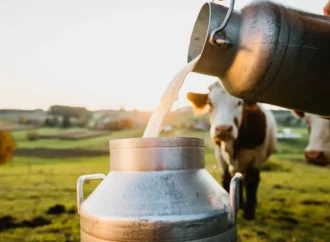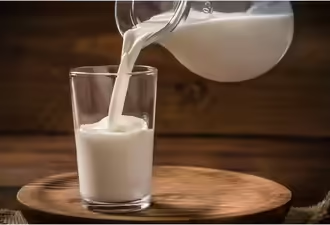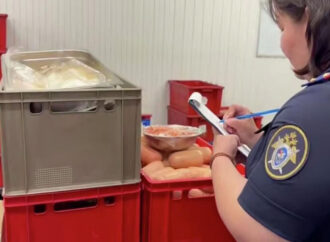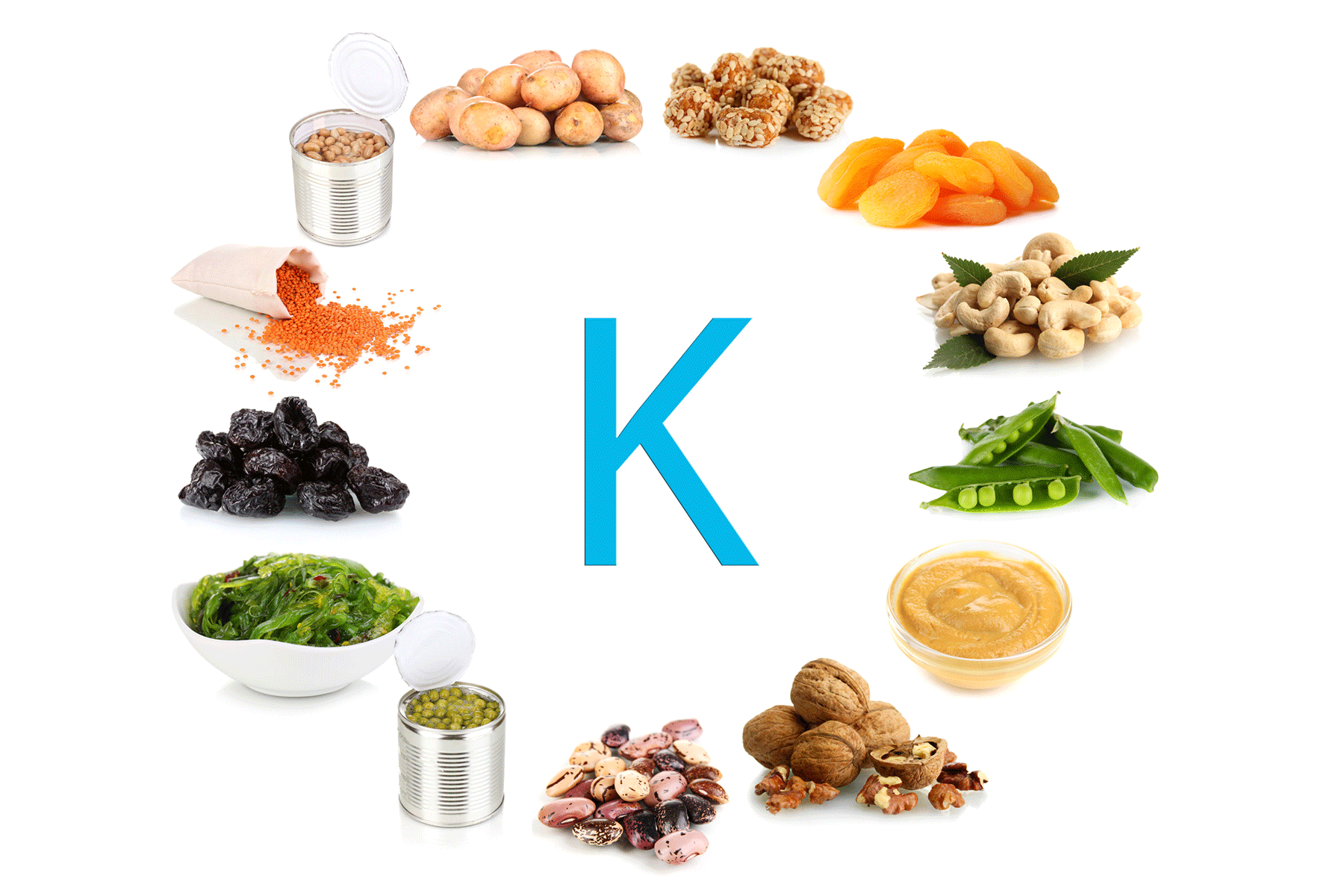 Spices are an integral part of our culinary adventures, adding flavour, aroma, and depth to our favourite dishes. However, a recent study suggests that spice containers may pose a potential contamination risk during food preparation.
Spices are an integral part of our culinary adventures, adding flavour, aroma, and depth to our favourite dishes. However, a recent study suggests that spice containers may pose a potential contamination risk during food preparation.
Understanding the Contamination Risk
When it comes to spice containers, several factors contribute to the potential for contamination. These include improper handling, storage conditions, and the nature of the spice itself. Spices can harbour moisture, oils, and microorganisms, creating an environment conducive to bacterial growth. Additionally, frequent handling and exposure to air can introduce contaminants that may compromise food safety.
The Contamination Study: Unveiling the Risks
- Microbial Contamination: The study discovered that spice containers, especially those with shaker or dispenser lids, can harbour various types of microorganisms. Bacteria, moulds, and yeasts were among the most commonly detected contaminants. These microorganisms can multiply rapidly if favourable conditions are present, potentially leading to foodborne illnesses.
- Cross-Contamination Potential: The study also highlighted the risk of cross-contamination. When spices are handled using contaminated hands or utensils, harmful microorganisms can transfer to the spice containers. This poses a significant threat as the contaminated spices can then contaminate other ingredients or surfaces during food preparation.
- Inadequate Storage Practices: Improper storage of spice containers was identified as another factor contributing to contamination risks. Exposure to heat, moisture, and light can accelerate microbial growth and compromise the quality and safety of the spices. It is crucial to store spices in cool, dry, and dark areas to maintain their integrity.
Tips for Minimising Contamination Risks
- Practise Good Hygiene: Before handling spice containers or preparing food, always wash your hands thoroughly with soap and water. This helps prevent the transfer of harmful microorganisms.
- Proper Storage: Store spice containers in a cool, dry, and dark place away from direct sunlight, heat sources, and moisture. Consider transferring spices to airtight containers for better preservation and reduced contamination risks.
- Regular Cleaning: Routinely clean spice containers and their lids to remove any accumulated residues or potential contaminants. Use warm, soapy water and a brush to scrub the containers, ensuring proper sanitation.
- Avoid Cross-Contamination: Use clean and dry utensils when handling spices to prevent cross-contamination. Avoid directly sprinkling spices from the container onto food, as this can introduce contaminants. Instead, use a separate spoon or sprinkle the spices onto a clean plate before adding them to your dishes.
Conclusion
Maintaining food safety is of utmost importance in our kitchens, and spice containers can pose a hidden contamination risk. By understanding these risks and implementing practical measures such as good hygiene practices, proper storage, regular cleaning, and avoiding cross-contamination, we can ensure the safety and integrity of the spices we use in our culinary creations.
 Food Manifest
Food Manifest 



















Leave a Comment
Your email address will not be published. Required fields are marked with *